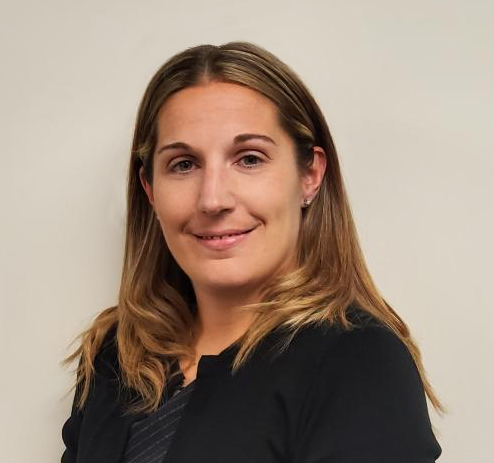
Now that we are past last week’s transition to the Patient-Driven Payment Model, providers should stay focused on providing good quality care, in the right setting, with the right method, at the right time to position facilities and residents for optimal medical outcomes.
These measures are key to maintaining and even improving resident and caregiver satisfaction. Ultimately, skilled nursing providers rely on their relationships and quality outcomes to secure return and new business from those in need of skilled nursing and therapy services. As such, it is critical to address how PDPM impacts the patient experience.
Consider therapy, which for so long had been the driving factor in skilled nursing reimbursement. After two decades of our industry’s care delivery approach being strongly focused on the patient’s therapy needs, we are finally seeing a platform that equally supports and reimburses the comprehensive care given to the patient.
This is a major positive movement that supports a platform on which skilled nursing operators can more effectively control and achieve quality outcomes for their residents. It is a shift to a more holistic, interdisciplinary approach, which is a win-win for operators and will be felt and seen in care delivery throughout the skilled nursing industry.
Still, residents and caregivers with prior skilled nursing experiences will come into a facility with some level of expectations about what their current stay will bring. Under the old reimbursement model, patient experience within therapy emphasized one-on-one delivery. Under PDPM the patient may now encounter alternate delivery methods of therapy, including group and concurrent services. This may include supplemental supportive treatments like massage therapy, Reiki therapy or even aromatherapy.
In short, this new PDPM environment centers the focus on individualized plans of care and patient-specific goals. This shift, and the resulting benefits, should be addressed upon admission with patients and their caregivers. Stressing the importance of active patient and family participation through individualized care will be vitally important to success.
For patients, this translates into a strong focus on education during the admission process and upon the initial plan of care meeting. And it should continue throughout the stay, with daily touch points and enhanced involvement by all care partners.
This process will persist leading up to discharge and will remain post-discharge. At all stages of a patient’s skilled nursing experience, the value impact of each component of the plan of care — that combination of “traditional” therapy and those supplemental avenues — must be stressed.
The new model enables a true team approach to care delivery. As such, educating direct care staff — nurses, activity team, social workers and others who interact with patients daily — is equally important. Not only can professionals in these roles help to reinforce the value of the new model, but they are now deeply involved in delivering and tracking various interdisciplinary therapy interventions. Furthermore, successful operators need to work more closely with therapy partners (and in-house therapists) to monitor progress while determining a patient’s readiness to return home or transition to a different level of care.
As an industry, we have returned to a place where we are looking at treating the whole patient, moving away from the focus on achieving a therapy RUG score to attain a certain reimbursement level. This translates into a need for heightened coordination of patient care, which will require flawless communication within a patient’s interdisciplinary team.
With this change in reimbursement, there is an intensified emphasis on the level and accuracy of documentation upon admission, throughout the patient’s stay and post discharge. In turn, this will give the skilled nursing provider a stronger viewpoint on patient outcomes and functional abilities at every stage.
This new model inherently brings us to greater levels of patient care management, caregiver engagement and provider follow-through accountability. Operators who encourage a personalized, clinically driven approach — and set expectations accordingly — will achieve optimized clinical outcomes.
In turn, they will be positioned to become “preferred choice” facilities known for providing top-quality customer experiences.
Andrea Gele is vice president of case management for New Jersey-based Marquis Health Services.




